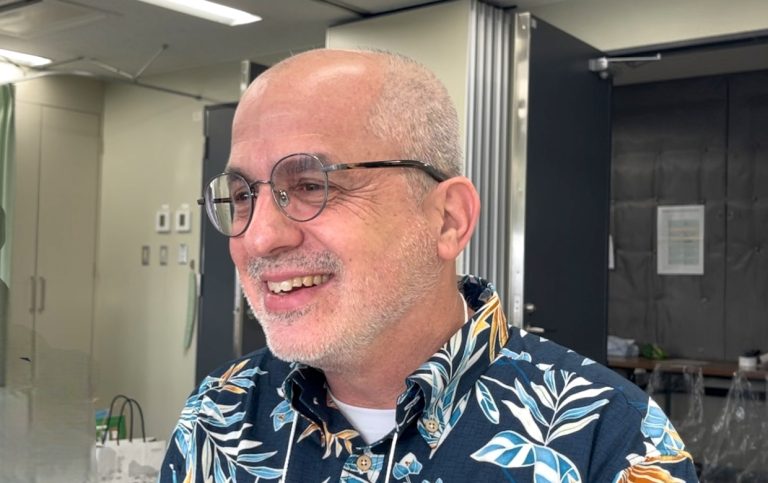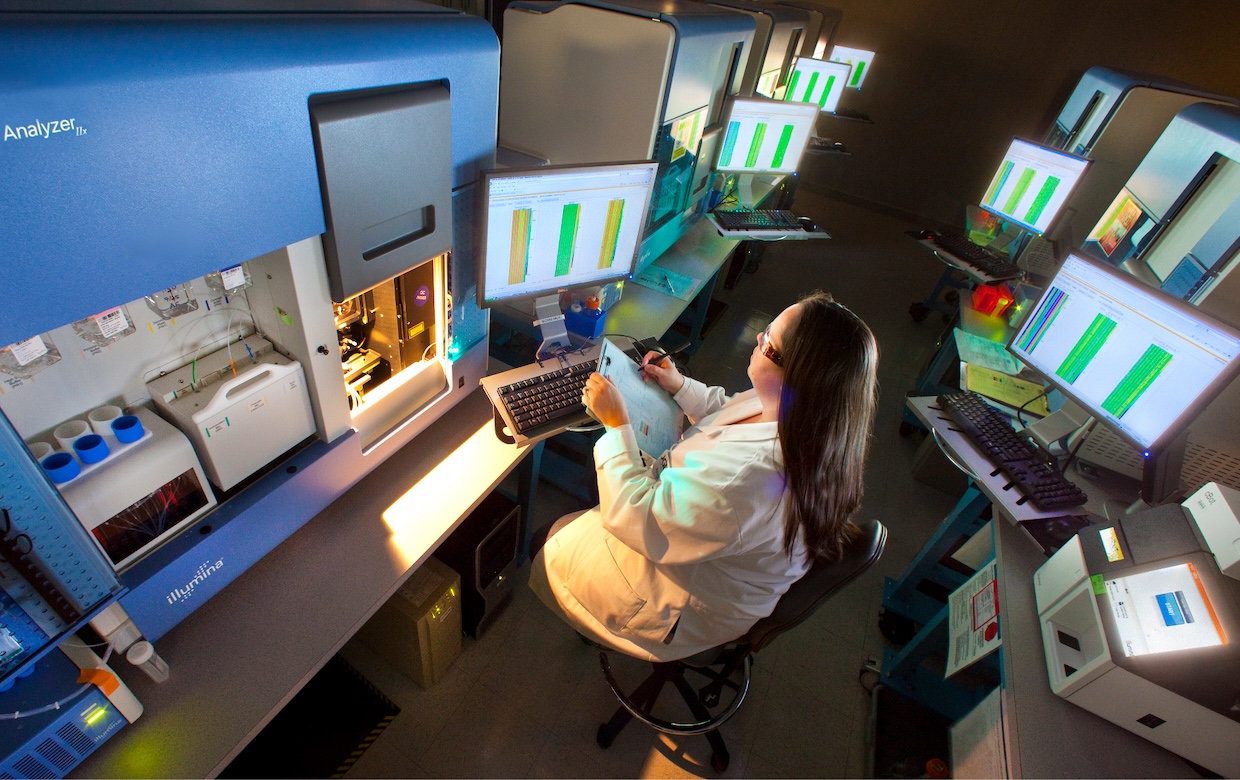
Infectious diseases remain one of the most challenging issues facing modern medicine. Cases continue to emerge where patients cannot receive appropriate treatment due to unknown pathogens that conventional detection methods fail to identify, leading to severe conditions. However, revolutionary technology emerging from Taiwan holds the potential to transform this landscape.
Founded in 2020, Taiwan-based Asia Pathogenomics (APG) provides comprehensive and rapid pathogen detection services using metagenomic next-generation sequencing (mNGS) technology. The company’s CEO, Chun-Hao “Roger” Liu, is a veteran entrepreneur with 17 years of experience in the next-generation sequencing industry.
As Taiwan’s only TFDA (Taiwan Food and Drug Administration)-certified clinical mNGS testing service provider, APG has established innovative technology capable of detecting over 27,000 pathogens, including bacteria, fungi, viruses, and parasites, within 24-48 hours.
In 2025, APG began its full-scale expansion into Japan, advancing partnerships with domestic medical institutions. Let’s examine the company’s technology, strategy, and prospects in the Japanese market.
Revolutionary Technology Born from 17 Years of Research
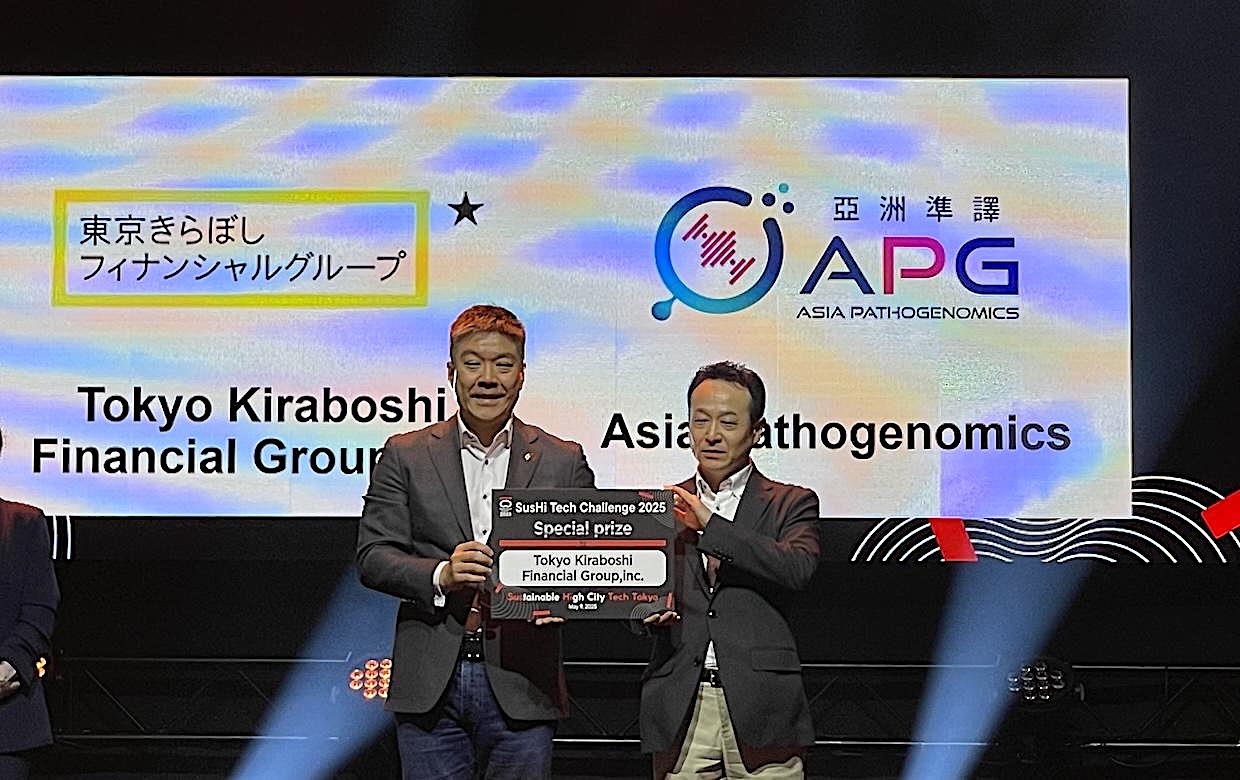
CEO Roger Liu stands on the left.
Photo credit: Masaru Ikeda
APG CEO Roger Liu’s entry into the infectious disease pathogen detection field stems from the dramatic cost reduction in next-generation sequencing (NGS) technology. Liu’s passion for technology began in 2008, and he has witnessed the industry’s transformation over 17 years.
When the first human genome analysis was completed in 2001, it cost $3 billion US and required cooperation from over 20 countries. But now, personal genome analysis is possible for just a few hundred US dollars. (Liu)
This technological cost revolution enabled technologies that were once confined to research stages to become clinically applicable. Sequencing technology prices dropped dramatically from 2008 to 2020, becoming 1/10,000th of their original cost.
Liu’s career was built in stages. From 2008 to 2014, he gained experience at existing companies, even experiencing an IPO (Initial Public Offering). He then founded his first startup, BioTools, in 2012. The company served approximately 2,000 laboratories in Taiwan and grew to the point where 70-80% of Taiwan’s microbiome researchers outsourced services to BioTools.
Through BioTools’ success, Liu gained important insights. While his initial vision was to manage human health by managing the microbiome, the gut microbiome field remained at the research stage, and he couldn’t identify clear clinical application pain points.
The turning point came with academic papers published in 2014. The first mNGS research papers were published, and Liu understood the technology’s potential in 2016. While sequencing prices were too high for clinical application at the time, the technology’s potential was clear.
Then in 2019, when SoftBank invested in Karius, a U.S. company providing mNGS pathogen detection services, Liu became convinced that market timing had arrived. With falling prices and increased VC investment activity, the time for clinical application had come.
Conventional pathogen detection methods employ a “hypothesis-based” approach. Since testing targets specific pathogens based on physicians’ symptom-based assumptions, there’s a high risk of missing unknown or unexpected pathogens. APG’s mNGS technology adopts a “hypothesis-free” approach that solves this fundamental limitation.
Conventional hospital detection technologies are based on hypotheses. Next-generation sequencing technology can detect unknown pathogens without hypotheses. We can sequence all pathogens at once. (Liu)
Conventional tests could only test fewer than 10 types of pathogens at once, requiring physicians to “guess” the pathogen. However, APG’s database now contains over 30,000 registered pathogens, enabling comprehensive detection.
This technological innovation replaces the pathogen identification process that traditionally relied on physician experience and guesswork with comprehensive data analysis. For patients, this means receiving faster and more accurate diagnoses, while for physicians, diagnostic certainty improves dramatically.
APG obtained LDTS (Laboratory Developed Tests and Services) certification from Taiwan’s Food and Drug Administration in 2024. This represents Taiwan’s first and only TFDA certification for clinical mNGS testing services. According to Liu, LDTS indicates that the technology is highly advanced. While certified labs are required, the methods are invented by those labs, and protocols must be approved by the government.
This certification derives from U.S. regulations, and discussions have begun in Japan this year. APG’s certification acquisition demonstrates that the company’s technology meets the highest standards of quality and reliability.
87% of Medical Centers Adopt Technology in Taiwan
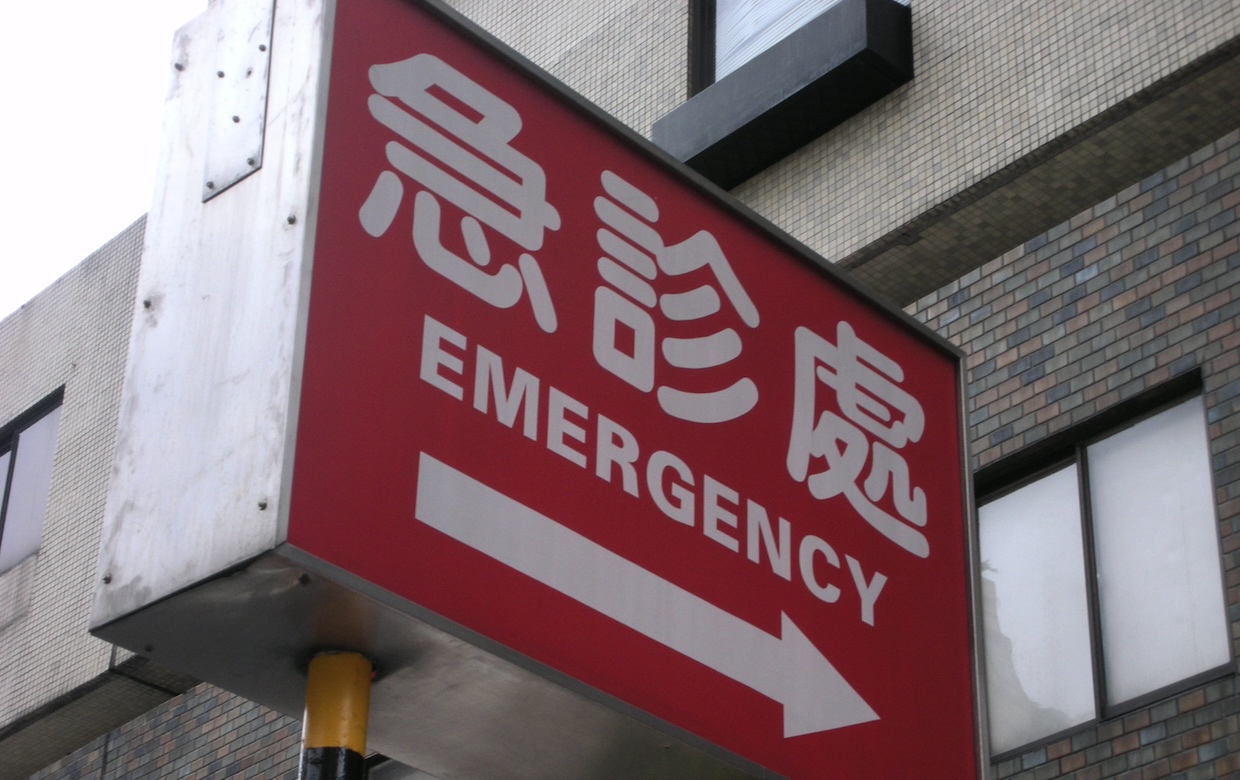
CC Attribution 3.0 Unported
APG has achieved remarkable market penetration in Taiwan. According to Liu, 87% of Taiwan’s medical centers have adopted the company’s technology, and they have also gained guideline support from Taiwan’s medical associations. This success stems from Taiwan’s unique medical insurance system and the networks and expertise Liu has cultivated over many years.
Taiwan’s medical insurance system has characteristics that differ significantly from Japan’s. Sixty percent of the population is enrolled in self-pay medical insurance that covers advanced diagnostic tests like these. This contrasts with Japan’s universal health insurance system, where private medical insurance plays an important role in Taiwan.
According to Taiwan government data, approximately 9 million people contract infectious diseases annually, with about 400,000 becoming severe enough to require hospitalization. Furthermore, about 40,000 people (10% of those hospitalized) develop life-threatening severe conditions.
Without this technology, 1,000-2,000 patients could die annually. We are confident we can save 1,000-2,000 lives per year. (Liu)
APG’s success stems not only from technical capabilities but also strategic market approaches. The company conducted multiple clinical trials over three years, demonstrating the technology’s effectiveness. These clinical achievements enabled APG to secure contracts with major medical institutions in Taiwan.
The company’s technology demonstrates particular value in urgent infectious diseases like sepsis. Unlike cancer or prenatal diagnosis, infectious diseases have severe time constraints—sepsis patients can die within one to two hours. Therefore, time is extremely critical.
Due to Taiwan’s small geographic size, APG could build its own logistics network covering the entire territory. Samples can be collected from anywhere and delivered to labs within 2-3 hours, enabling this rapid logistics system to maximize the time advantages of mNGS technology.
APG’s success is also supported by strategic collaboration with parent company TCI Gene. TCI Gene is a subsidiary of TCI (established in 1998) that provides comprehensive solutions in precision medicine. TCI is a major biotechnology company listed on the Taiwan Stock Exchange, with products deployed in 62 countries and high ESG management ratings.
TCI Gene’s parent company adopts an Integrated Bioscience Design (IBD) concept, integrating expertise from multiple fields including chemistry, biology, engineering, genetic medicine, aesthetics, human engineering, applied materials science, and consumer behavior research. This multifaceted approach supports APG’s technology development and business expansion.
In 2024, APG and Illumina Taiwan signed a memorandum of understanding regarding mNGS applications in infectious diseases, strengthening technical collaboration. Illumina is a global leader with overwhelming market share in next-generation sequencing, making this partnership an important indicator of APG’s technical advantages.
Liu analyzes that Taiwan’s success factors center on truly understanding the market, technology, insurance systems, and regulations as keys to sustainability. This solid foundation in Taiwan provides confidence for entering the Japanese market.
Dialogue with Japan’s Health Ministry
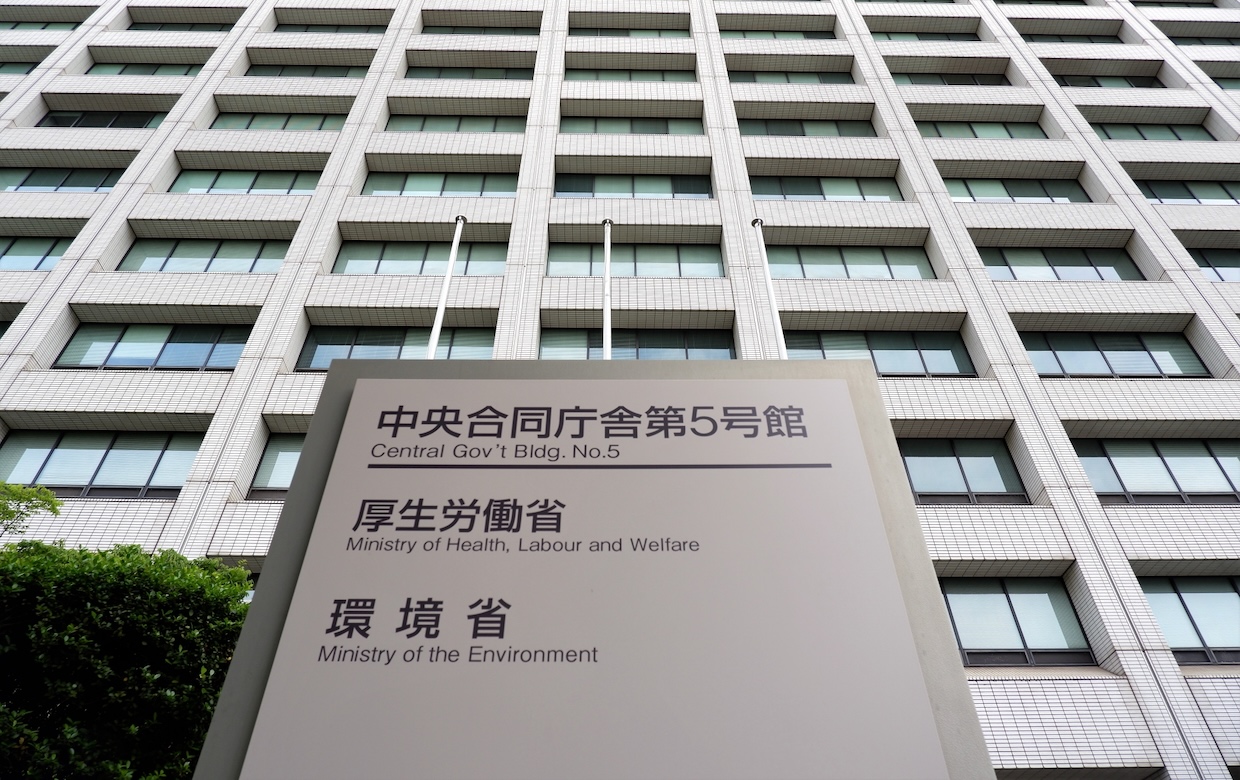
Photo credit: Ika-ryaku chan via PhotoAC
APG’s Japanese market expansion began in earnest in 2024. The expansion catalyst was Liu’s visit to SusHi Tech Tokyo in 2024 to investigate the Japanese market. Initially focused solely on the Taiwan market, this led to investigating whether companies providing similar technologies existed in Japan.
The Japanese market’s attraction lies first in its scale. Based on population ratios, the Japanese market is estimated to be 5-10 times the size of Taiwan’s market. Even more important were the competitive landscape investigation results. Six to eight months of investigation with medical associations, equipment companies, and distribution channels revealed that no other companies were providing this technology in Japan.
This market research gave Liu confidence in entering Japan. APG has also secured subsidies from Tokyo Metropolitan Government and established a Japanese subsidiary.
However, entry requires addressing complex regulations. APG conducted its first meeting with Japanese regulatory authorities in June 2025. They held discussions with the Ministry of Health, Labour and Welfare alongside consulting companies, advisors, and Professor Hiroyuki Moriuchi from Nagasaki University Advanced Infectious Diseases Research Center (currently Chairman of the Japanese Society for Pediatric Infectious Diseases, and reportedly designated as the next chairman of the Japanese Association for Infectious Diseases).
This meeting revealed the complexity of Japan’s approval process.
The Ministry of Health, Labour and Welfare told us we first need to confirm indications. We need to focus on something—pneumonia, probably sepsis. (Liu)
Specifically, they need to clarify how many sepsis patients occur annually in Japan and demonstrate what benefits mNGS technology provides compared to conventional blood culture and PCR testing. Comprehensive analysis is required, including how the government pays for those tests, costs, and outcomes.
From regulatory approval to insurance reimbursement (government and insurance organizations paying back medical costs), Liu estimates a minimum of 3-4 years is necessary. Meanwhile, APG plans a phased approach. They’re considering obtaining advanced medical care system approval and applications as software as a medical device, among multiple pathways.
Logistically, strategic positioning considering Japan’s geographic characteristics is crucial. While Taiwan allows sample collection within 2-3 hours, Japan’s vast geographic range requires multiple locations. Liu analyzes that labs will be needed in several locations including Tokyo, Osaka, Tokushima, and possibly Hokkaido.
Therefore, APG prioritizes collaboration with major clinical testing companies. They cite partnerships with diagnostic companies and major cancer centers as the most important collaborations. Specifically, they plan partnerships with SRL, BML, and LSI—the top three companies in the diagnostics industry.
They own the logistics, so we believe it’s better to cooperate with them. (Liu)
International collaboration is also active. They plan to visit the National Institute of Health Security this month, are speaking with third-party consulting companies, and trying to understand how long reaching national health insurance will take. Through collaboration with the National Institute of Health Security, they’re also exploring possibilities for Taiwan-Japan international joint clinical trials.
Competitive Environment, Technical Advantages
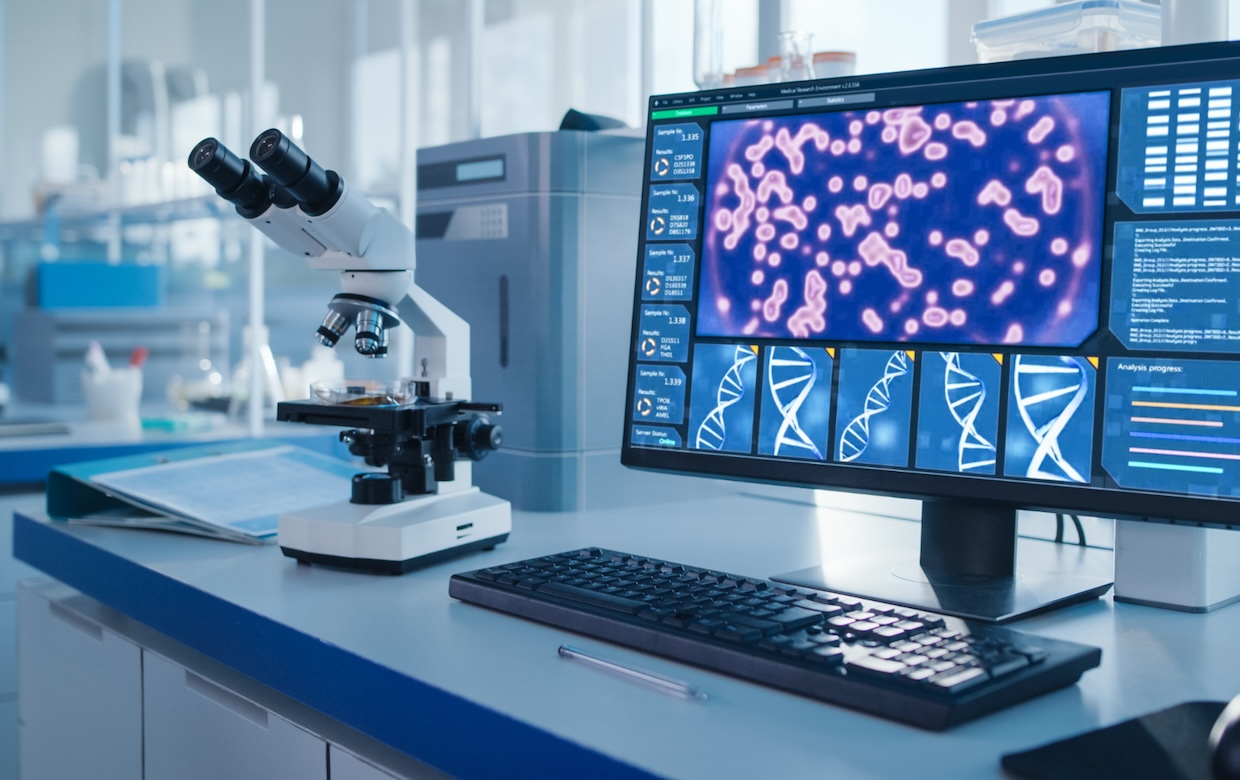
In the mNGS pathogen detection market, APG’s competitors are not technology platform providers but testing companies providing similar services. Liu clearly distinguishes Illumina and Oxford Nanopore as equipment manufacturers. These companies are sequencer companies and are positioned as collaborators rather than competitors for APG. In other words, they are equipment providers, not testing service providers.
According to Vision Research Reports and Grand View Research, Japan’s next-generation sequencing market is predicted to grow at an annual average rate of 23.60% from 2024 to 2033, reaching $2.4788 billion by 2033. This growth is driven by the spread of personalized medicine and developments in genomic pharmacology.
APG’s technical advantages lie not in sequencing technology itself, but in algorithms and databases.
Regarding sequencing technology, for us, it’s just a technical platform. The core value is algorithms and databases. (Liu)
This strategic thinking enables APG to collaborate with multiple sequencer manufacturers. Liu leverages experience from his previous startup BioTools, using sequencers from various companies including Illumina, Oxford Nanopore, and PacBio. Since sequencing improves annually, rather than depending on specific technologies, they believe patents and intellectual property value lie in algorithms and databases.
In fact, APG’s system incorporates generative AI technology. The algorithm integrates AI systems that read related academic papers and provide information to physicians when specific pathogens are detected. This eliminates the need for physicians to research papers even for rare pathogens.
However, current AI technology has limitations. Since current algorithms and databases are entirely private, general-purpose AI like ChatGPT cannot handle them. Open-source databases like NCBI (National Center for Biotechnology Information) contain too much false data, creating problems for accurate learning.
APG solves this problem by building proprietary private databases. By thoroughly managing data quality, they maintain systems capable of providing accurate diagnostic results.
Regarding competitive analysis in the Japanese market, Liu conducted thorough investigations. After participating in SusHi Tech Tokyo to understand Japan’s technical situation, he confirmed that no companies providing similar technologies exist in Japan.
Furthermore, relationships with major equipment manufacturers have been investigated. Since 80-90% of Japanese users use Illumina as sequencers, he visited Illumina Japan for information gathering. Results confirmed that no other providers offering similar technologies exist in Japan.
Through this comprehensive market research, APG has confirmed its unique position in the Japanese market. They’re confident that differentiation strategies as high-value-added service providers rather than technology platforms will be effective in the Japanese market as well.
In Liu’s view, Japan possesses world-class technology in cell therapy. Japan’s medical field is dominated by the pharmaceutical industry, with cell therapy (immunotherapy) being the largest area in precision medicine. However, since not many resources are invested in genomics, this represents a major market opportunity for APG.
Reducing ICU Stay Duration
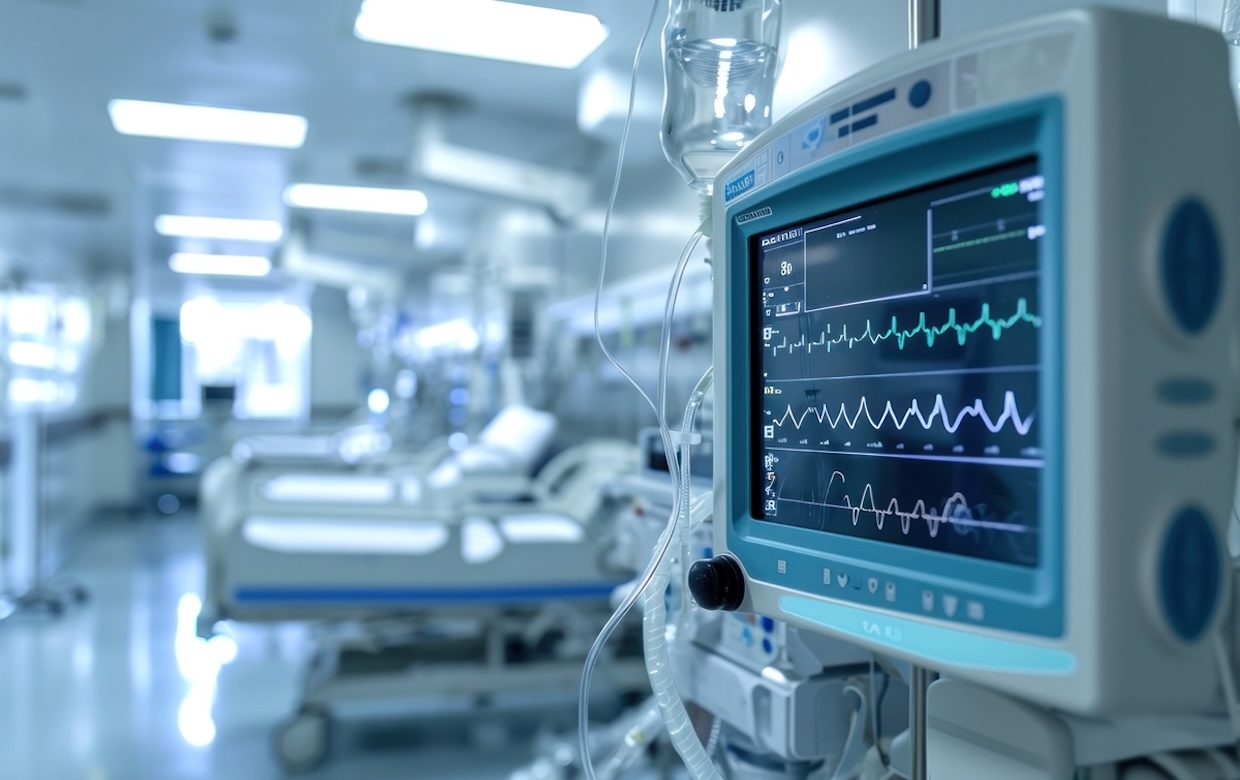
APG’s technology transcends being merely a diagnostic tool, delivering significant impact on patient treatment outcomes and medical economics. Recent completed clinical trials have demonstrated treatment effects in patients with severe pneumonia.
Clinical trials for mNGS testing in ICU patients with severe pneumonia have concluded, with results currently pending. This testing is expected to enable patients to leave ICUs several days earlier. Since pathogens can be identified early, physicians can quickly provide correct treatment.
This treatment effect significantly impacts medical economics. According to research data published in 2023 showing patients can leave ICUs five days earlier, APG is validating similar effects in Taiwan.
Regarding economic effects in Taiwan, Liu provides specific numbers:
In Taiwan, the government must pay $1,000 US per day for ICU care. If patients can leave ICUs five days earlier, this means we can save $5,000 US for the government. (Liu)
Even more important is improved patient prognosis.
Actually, survival rates increase by about 25%, so it’s beneficial not only for patients but also for the government. It’s truly win-win. (Liu)
The global infectious disease diagnostics market reached $45.24 billion in 2024 and is predicted to grow at an annual average rate of 3.48% until 2029, reaching $53.68 billion (Research and Markets). This growth is driven by rising infectious disease prevalence, shifts toward point-of-care testing, and active research and development.
Particularly, the development of breakthrough technologies like next-generation sequencing (NGS) has advanced rapid diagnostics for disease detection, creating major market opportunities for companies like APG.
APG’s technology promotes transition from conventional assumption-based diagnosis to evidence-based precision diagnosis. While conventional tests required physicians to “guess” pathogens, mNGS technology enables comprehensive detection.
This improved diagnostic accuracy also leads to appropriate antibiotic use. By avoiding unnecessary broad-spectrum antibiotic use and enabling targeted treatment for specific pathogens, drug resistance problems can also be addressed. Additionally, early appropriate treatment significantly reduces complication risks.
Liu also shows optimistic prospects for economic effects in Japan. While waiting for Taiwan data, APG plans to conduct similar clinical trials in Japan to verify whether they can contribute to government medical cost reduction. They believe that having all patients receive this testing can build win-win relationships for both patients and government.
Growth Strategy Adhering to Founding Vision
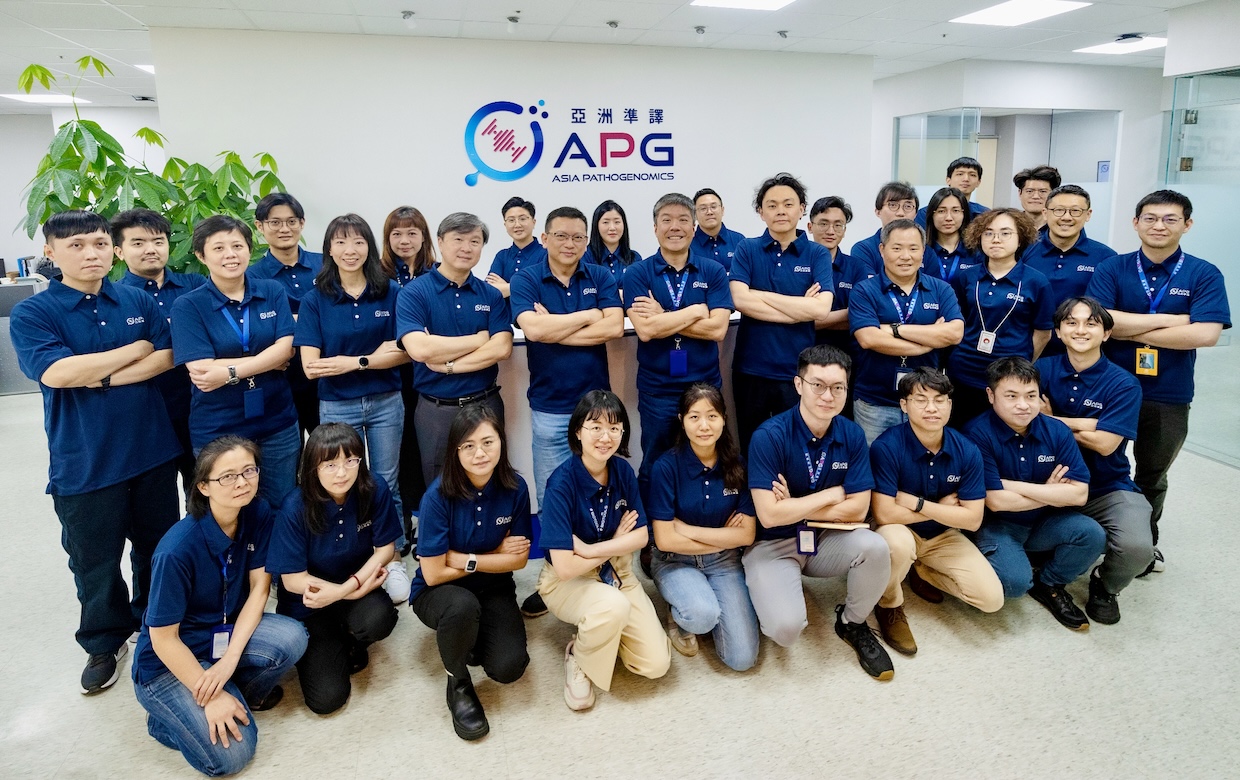
Photo credit: Asia Pathogenomics
APG’s ambitious growth plan targets an IPO (Initial Public Offering) in Q4 2026. APG’s Taiwan headquarters plans an IPO in Q4 2026, representing an important milestone for demonstrating technology development and market expansion achievements to investors.
Japanese market business development proceeds in stages. APG established a Tokyo subsidiary in May 2025 and is currently advancing local team establishment. They plan to build local teams for conducting local operations in Japan by September.
Local lab establishment is also planned, with plans to establish local labs in Tokyo and conduct local clinical trials to address Japanese regulatory requirements. This will dramatically reduce time from sample collection to result reporting, enabling faster service provision to Japanese medical institutions.
As a long-term prospect, APG sees significant market potential in Japan’s infectious disease diagnostics sector.
Based on our analysis, we estimate that market demand for infectious disease detection could reach approximately 200,000 patients annually in Japan. This represents a substantial opportunity to improve diagnostic capabilities and patient outcomes through our advanced pathogen detection technology. (Liu)
APG’s business philosophy is straightforward. This is Liu’s second company, and the founding vision centers on supporting physicians in identifying pathogens affecting patients. While this technology didn’t exist previously, it’s now achievable. Over 1,000 papers have been published, but due to regulatory reasons, it hasn’t been implemented in Japan.
APG works closely with Professor Katsunori Yanagihara from Nagasaki University, a leading authority in infectious disease diagnostics. Nagasaki University is Japan’s prominent infectious disease research center. To further support physicians in solving patient problems, the company will publish detailed information about its consultants and collaborators on its website beginning August 25.
Regarding balancing profitability and social impact, Liu maintains realistic perspectives. While Japanese business development is important, he believes the core purpose lies in cooperating with physicians to save patients.
APG’s future strategy emphasizes technical deepening and market penetration over geographic expansion. Liu explains that mNGS technology represents a type of niche market. The reason for choosing niche markets is that competing with major companies like Roche would be difficult in huge markets like cancer testing.
Through this strategic thinking, APG aims for sustainable growth. Initially, they considered the Taiwan market alone sufficient, but Japanese market investigation revealed new opportunities.
Since Japan is the world’s third-largest economy, they initially expected other companies to provide similar technologies. However, investigation revealed this wasn’t the case. This represents a major opportunity—if they can operate in both Taiwan and Japanese markets, they will possess greater power.
Success in both Taiwan and Japanese markets will enable APG to build foundations for entering other countries and application fields. They aim to achieve larger business scales and further technology development and dissemination.
Through this phased approach, APG plans to establish market positions while improving technical sophistication. While initially wanting to create a small, beautiful company, obtaining Japanese market entry opportunities has led to very rapid action. The Japanese market has become extremely important for the company.
Asia Pathogenomics has begun full-scale entry into the Japanese market based on 17 years of technology development experience and overwhelming success in Taiwan. The company’s mNGS technology realizes a paradigm shift from conventional hypothesis-based pathogen detection to hypothesis-free comprehensive detection, holding potential to save thousands of lives annually.
While Japanese market entry faces challenges in regulatory compliance and local partnership building, the company’s technical advantages and strategic approaches likely enable overcoming these challenges. Particularly, the ability to achieve both medical economic effects and patient prognosis improvement will represent significant value for Japan’s medical system.
With an IPO scheduled for 2026, APG is expected to play important roles in next-generation infectious disease diagnostics. Attention focuses on what solutions this innovative Taiwan technology will provide for infectious diseases caused by unknown pathogens—a common challenge for humanity.





